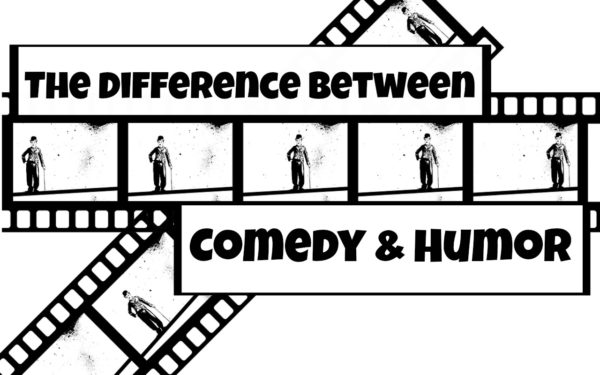
Hrotsvitha—Lessons from a Medieval Playwright
Until the last century, men dominated the realms of literature, letters, and learning. We read nothing of women exchanging…
October 2, 2017
Until the last century, men dominated the realms of literature, letters, and learning. We read nothing of women exchanging…
October 2, 2017
We’re continuing with the parts of speech with a discussion about prepositions. These words never change their form. They…
September 28, 2017
Author, speaker, and overall funny man Bob Hostettler has cost me too much money. He keeps writing books. And…
September 25, 2017
Adverbs are words commonly used to describe or modify a verb, and adjective, or another adverb. To test…
August 19, 2017
We’ve spoken before about how little details can help color your storyworld. Societal habits, mating customs, dinner choices, and…
August 10, 2017
Following the dream of becoming a writer involves so much more than just learning how to write. Sure that’s…
July 29, 2017
This month at Grammar and Grace we’re studying adjectives. Adjectives are words that tell something about a noun or…
July 18, 2017
So, I guess it’s ok for a writer to be a NASCAR fan—especially a Southern writer, right? I’m a…
July 10, 2017
As languages go, English is fairly young. It’s been about 1400 years since the Anglo-Saxons imported English into Great…
June 27, 2017
A pronoun is a word that can take the place of a noun in a sentence which means…
June 17, 2017
A number of grammatical faux pas can be attributed to faulty hearing. I’m not implying that any of you…
May 27, 2017
This time we’ll discuss nouns. Nouns can be common or proper. A common noun is a person, place, or…
May 18, 2017
Recently, a friend of mine asked me if western civilization was at the end of its life cycle. It’s…
May 11, 2017
Bryan Garner, author of A Dictionary of Modern American Usage, and a raft of other books on English…
March 27, 2017
You’ve written your masterpiece. Or at least a short story, novel, or essay you believe worthy of publication.…
March 26, 2017
Last time, I introduced the eight parts of speech. This time, we’ll focus on verbs. I’m beginning with the…
March 17, 2017
Save money. Learn theology. Become a better writer. Minister more effective. That’s my hope for you. In this second…
March 10, 2017
I read a statement once that stuck with me: All comedy has humor, but not all humor is comedy.…
February 26, 2017
As this series draws to a close, here are a couple practical exercises you can do at home to…
February 21, 2017
For 2017, let’s understand the basics of English grammar by learning the eight parts of speech. They are the…
February 17, 2017
Jim held a gray spheroid up to the light. “So Doc, you’re saying the sex of this alien was…
February 13, 2017
For this post, I’m suggesting some books that you may want on your bookshelves or your may want to…
January 17, 2017
The autopsy window allowed Jim a clear view of the good doctor’s grim work. The gray-skinned corpse had been…
January 16, 2017
Save money. Learn theology. Become a better writer. Minister more effective. That’s my hope for you. In this second…
January 10, 2017
Plenty of ink has been spilled and battles fought over the necessity and superiority of the Oxford or serial…
December 26, 2016